During the Yuan Dynasty, there was a "generalist" figure who was top-notch in poetry, calligraphy and painting, especially in calligraphy. He was proficient in all five styles of calligraphy. This man was Zhao Mengfu.
Zhao Mengfu, courtesy name Zi'ang, Han nationality, also known as Songxue Daoren, was a native of Wuxing (now Huzhou City, Zhejiang Province). He was an official, calligrapher, painter, and poet from the late Southern Song Dynasty to the early Yuan Dynasty. He was the eleventh grandson of Song Taizu Zhao Kuangyin and a direct descendant of Qin King Zhao Defang.
Zhao Mengfu was famous in the early Yuan Dynasty. When Kublai Khan, the founder of the Yuan Dynasty, summoned the old ministers of the Southern Song Dynasty in the south of the Yangtze River, he personally named Zhao Mengfu to invite him. When he met Zhao Mengfu for the first time, he was surprised and called him "the man among the gods"!
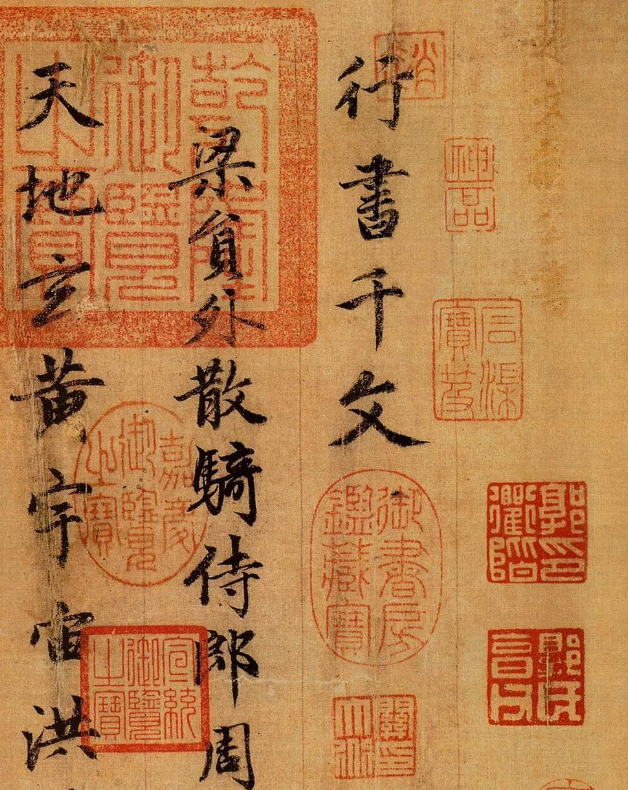
It is recorded in the "History of the Yuan Dynasty: Biography of Zhao Mengfu": "The emperor and his ministers compared Mengfu to Li Bai of the Tang Dynasty and Su Zizhan of the Song Dynasty as a literary scholar. He also said that Mengfu was pure in conduct, erudite and well-informed. No one can compare with him. Meng Fu's poems are clear, profound and elegant, and reading them makes people feel like they are floating away from the dust. Seal script, official script, regular script, running script and cursive script are all the best in ancient and modern times, so the book is famous all over the world."
This historical data says that Kublai Khan, the founder of the Yuan Dynasty, often discussed literary people with the ministers around him. He felt that Zhao Mengfu was comparable to Li Bai and Su Shi. He also said that Zhao Mengfu was pure in character, erudite and talented, and his calligraphy was the best in the world!
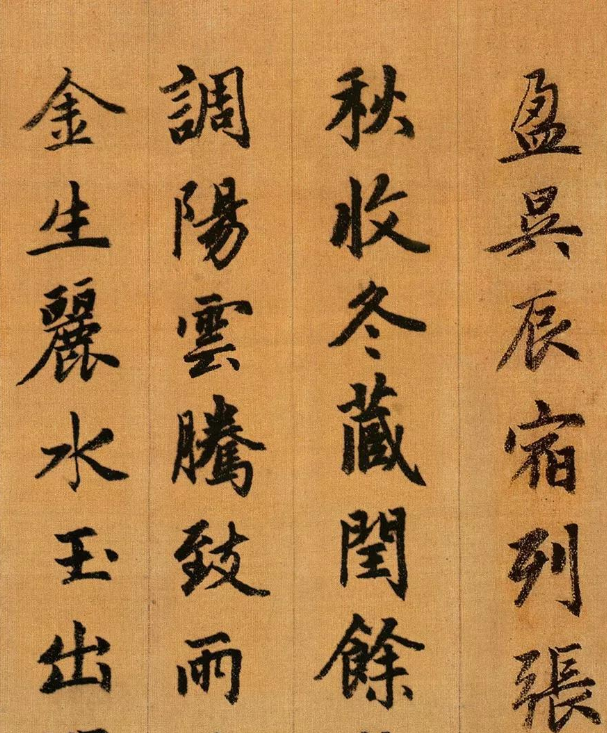
In fact, this historical record is very accurate. Zhao Mengfu was indeed highly regarded by the Emperor of the Yuan Dynasty at that time. However, because of this, he was also known as the "Erchen and traitor". His calligraphy was famous all over the world at that time. It is said that there was an old monk from Tianzhu who traveled thousands of miles to China. He only wanted to ask for Zhao Mengfu's calligraphy treasure, and then take it back and enshrine it as a national treasure.
Zhao Mengfu's calligraphy drew on the strengths of many others. He first studied the "Si Ling style" that Zhao Gou, Emperor Gaozong of the Song Dynasty, was proud of. Later, after collecting the entire volume of "Chunhua Pavilion Tie", he concentrated on studying the calligraphy of the ancients, especially " "Two Kings", Zhao Mengfu highly praised him.

Everyone knows that Zhao Mengfu studied Wang Xizhi's calligraphy, which can be said to be "unprecedented and unprecedented."
Just like this masterpiece in running script "The Thousand Character Essay" he wrote in his later years.
"The Thousand-Character Essay" appeared during the period of Emperor Wu of the Liang Dynasty in the Northern and Southern Dynasties. It was written by Zhou Xingsi, a great talent at that time. It selected 1,000 different characters from the works of the calligrapher Wang Xizhi, and then compiled it into such an ancient essay.
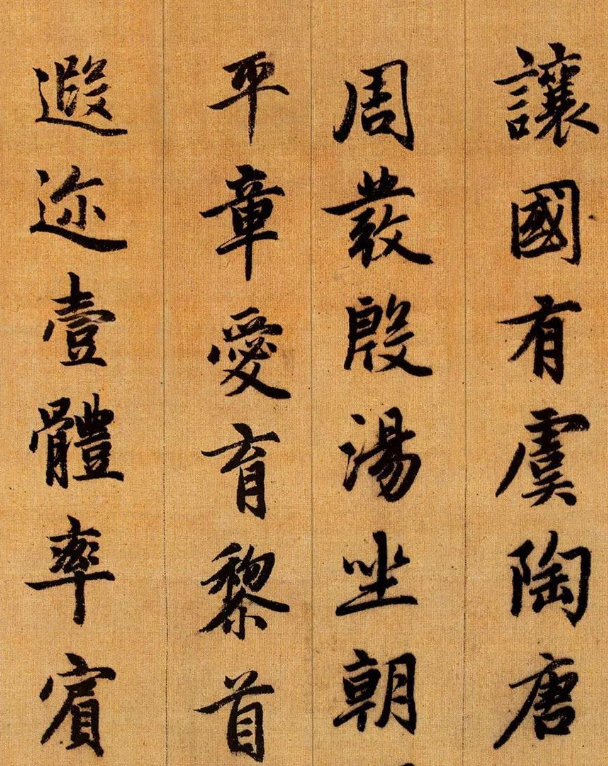
Among the best writers of the Thousand-Character Essay in the past dynasties, monk Zhiyong is considered the best, and after that, it is Zhao Mengfu.
Zhao Mengfu has studied the "Thousand-Character Classic" deeply. He used "The Thousand-Character Classic" when he was practicing calligraphy since he was a child. He himself once said: "In the past twenty years, I have written hundreds of "Thousand-Character Classics"!"
And this volume of running script "The Thousand Character Essay" written in his later years is the most classic volume.
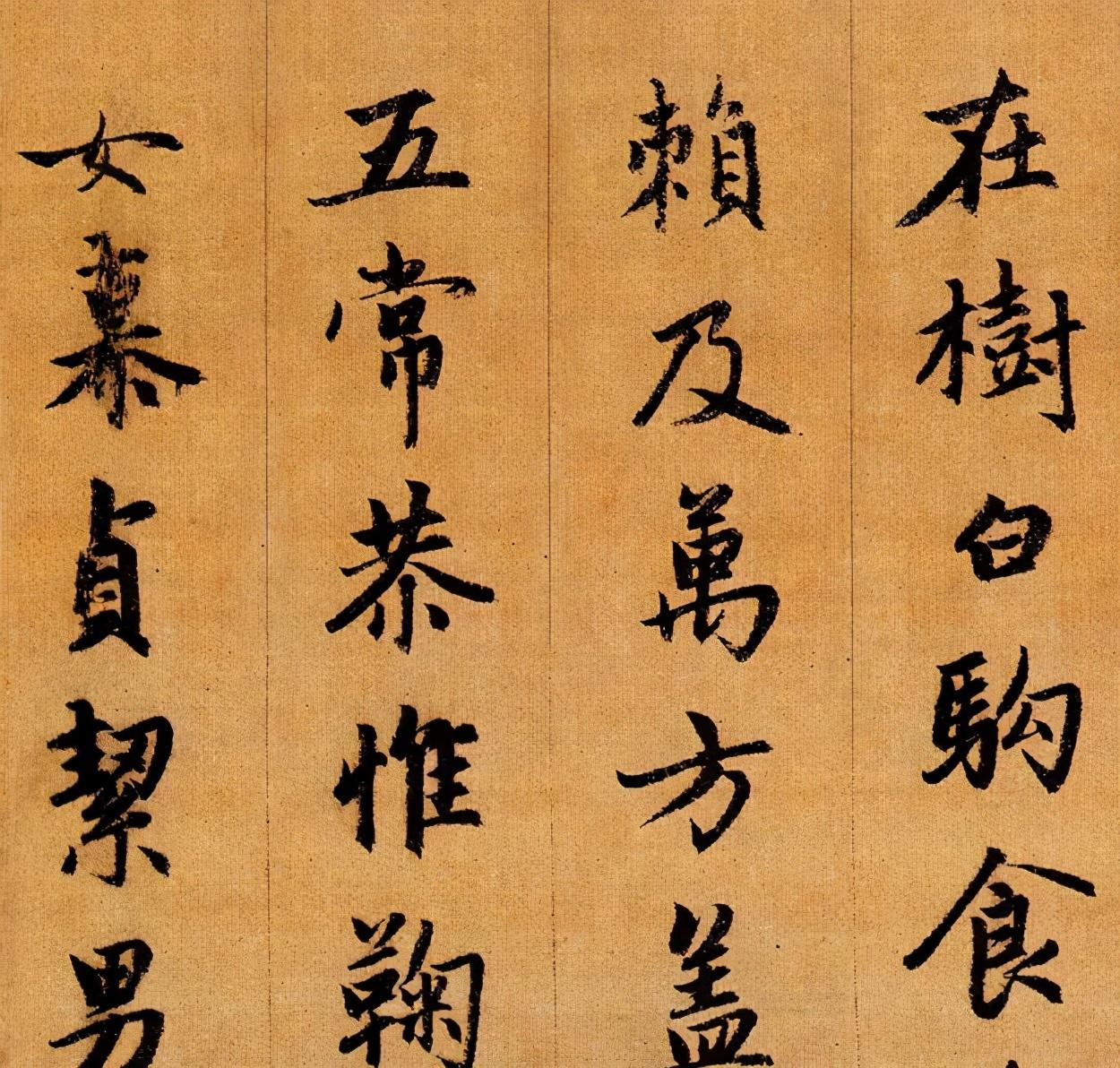
Zhan Jingfeng, a calligrapher of the Ming Dynasty, commented: "The writing style of this volume is ancient, round and elegant, and it is Chengzhi (Zhao Mengfu)'s proud work."
This work is gorgeous and masterful throughout, and the precision of its writing is impressive. Throughout the whole work, there is no slack from the beginning to the end. The words are flowing between the lines, as if an immortal has come to the world, and the Zhao style of calligraphy has been transformed. The style is perfectly displayed.
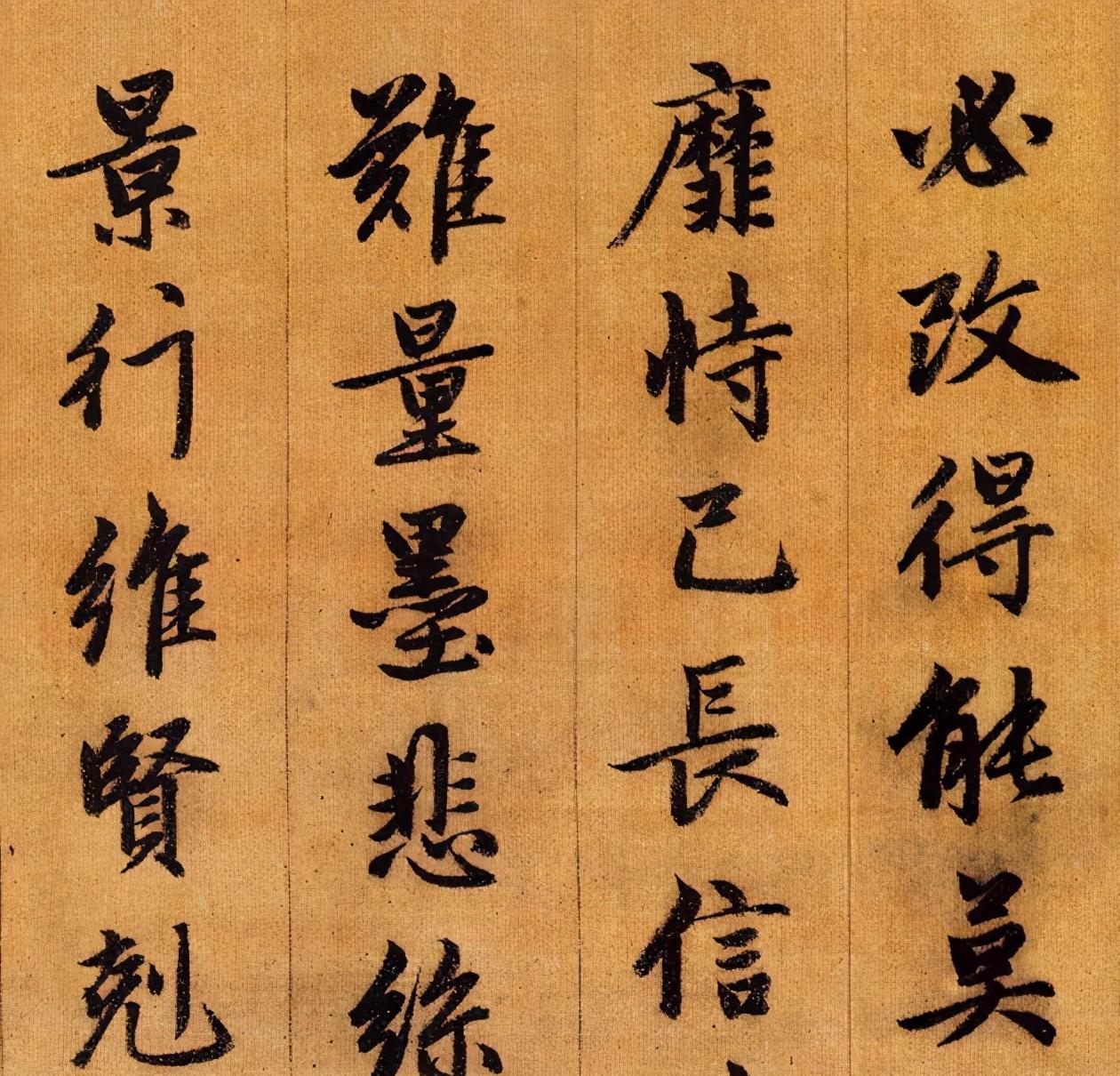
To put it bluntly, Zhao Mengfu’s exquisite 1,000 words are unmatched by future generations.
Today, we have made a high-definition copy of "The Thousand-Character Classic" in Zhao Mengfu's running script, restored the original style, and sent it to you. We hope you will like it.
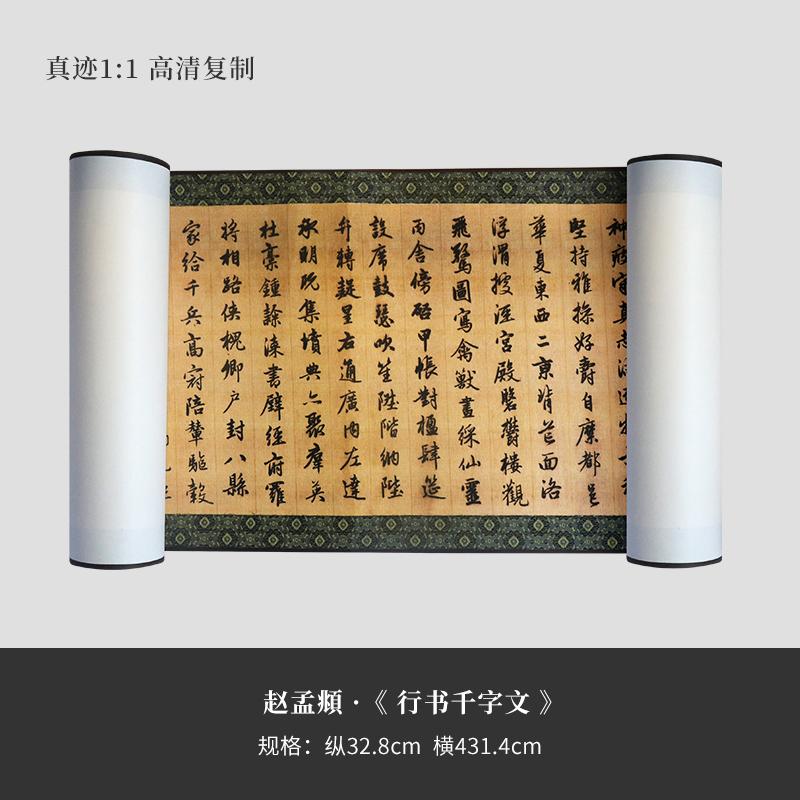
——Editor banished immortals
Articles are uploaded by users and are for non-commercial browsing only. Posted by: Lomu, please indicate the source: https://www.daogebangong.com/en/articles/detail/zhao-meng-fu-de-xing-shu-you-duo-mei-zhe-jing-miao-ru-shen-de-1000-zi-rang-hou-ren-nan-yi-qi-ji.html

 支付宝扫一扫
支付宝扫一扫 
评论列表(196条)
测试